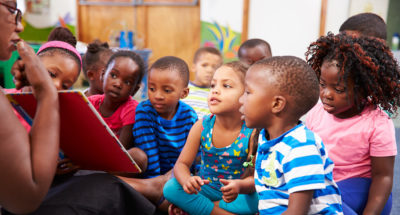
What Friends Do
Students read Splat Says Thank You! and explore how kindness and gratitude strengthen friendship.

Students read Splat Says Thank You! and explore how kindness and gratitude strengthen friendship.
Students will:
Reflect on a recent act of kindness that a friend did for you. How did this make you feel? Was your friendship strengthened as a result?
“Nurturing Gratitude From the Inside Out: 30 Activities for Grades K–8” was originally developed by The Inner Resilience Program, in partnership with the Greater Good Science Center and the John Templeton Foundation.
For the entire curriculum, click here.
Do you notice if students are kinder to each other or talking about kindness more often after doing this practice?
A study of nine to 11-year-olds found that those who performed three acts of kindness, in comparison to those who created maps of places they had visited, increased their well-being and their popularity among peers.
Peer acceptance and a sense of belonging matter greatly to student success in school, both academically and socially. In comparison, students who are rejected by their peers often display more aggressive and less cooperative behavior, which can lead to greater failure in school.
Hence, intentionally teaching students what kindness is and how to offer it to others can help build classroom and school climates where all students succeed.

Do you want to dive deeper into the science behind our GGIE practices? Enroll in one of our online courses for educators!
Comments